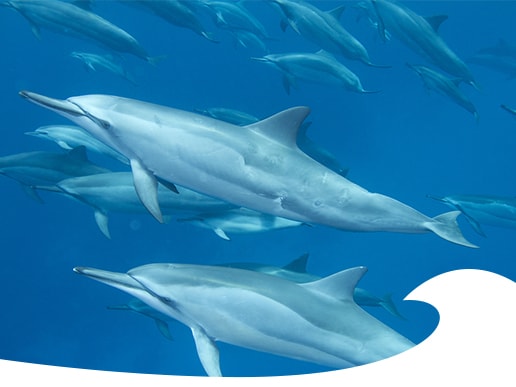Certain marine animals including Hawaiian monk seals, sea turtles, dolphins, and whales in Hawaiian waters are protected either under the Marine Mammal Protection Act (MMPA) or the Endangered Species Act (ESA), or both. The MMPA and the ESA prohibit any “taking” of marine mammals or endangered species in the U.S. Under these laws a “take” is defined as the hunting, harassment, capture, harm, pursuit, shooting, wounding, killing, trapping, capture, collection, or an attempt to do any of these things. These animals are also protected under Hawaiʻi State statutes.
Hawaiʻi’s seabirds are protected under the Migratory Bird Treaty Act (MBTA) which prohibits the catching, possession, injuring, killing and other actions impacting seabirds, their eggs or body parts, or attempting to do any of these things.
Extinctions are currently occurring at a rate that is unprecedented in human history. Each plant, animal, and their physical environment is part of an ecosystem and part of a much more complex web of life. Because of this, the extinction of a single species may cause a series of negative events to occur that affect many other species, ultimately including humans.
Species diversity is part of the natural legacy we leave for future generations and those that come after us deserve the opportunity to enjoy the same natural world we experience.
People cause the problems in the current health of our environment. But people can also positively affect changes in our ecosystems and help protected species sustain and recover by learning about the issues and changing behaviors.
Get involved and help us in our important work in the preservation, recovery and stewardship of Hawaii’s marine protected species.
Protected marine mammals covered under the Endangered Species Act in Hawaiʻi include: Hawaiian monk seals, blue whales, fin whales, false killer whales, north Pacific right whales, sei whales and sperm whales.
Other animals protected under the Endangered Species Act in Hawaiʻi include: Green turtles, hawksbill turtles, leatherback turtles, loggerhead turtles, olive Ridley turtles, and three species of seabirds.
Hawaiʻi makes up less than 0.2% of U.S. land, but over 25% of species found on the nation’s endangered species list are endemic to Hawaiʻi, earning it the rather unflattering title of “the endangered species capital of the world.
You Can Help Marine Protected Animals
Hawaii Marine Animal Response (HMAR) focuses its efforts on the marine protected species in Hawaii that are most likely to be encountered by humans due to their natural behaviors and habitat. These species include the Hawaiian monk seal, the green sea turtle, the hawksbill sea turtle, seabirds, the spinner dolphin and the humpback whale.

Hawaiian Monk Seals
Of all marine mammals, the Hawaiian monk seal (ʻilio holo ika ua ua) is the most endangered in the pinniped family (seals, sea lions and walrus) in the western hemisphere and is listed as endangered under the Endangered Species Act.

Hawaiʻi’s Sea Turtles
The green sea turtle (honu) is categorized as threatened under the Endangered Species Act while the hawksbill turtle (honu ‘ea or ʻea) is categorized as endangered under the Endangered Species Act.

Spinner Dolphins
The spinner dolphin (nai’a or ka nai’a) is not currently listed under the Endangered Species Act but is protected under the Marine Mammal Protection Act.

Humpback Whales
The humpback whale (koholā or koholā kuapi’o) is not currently listed under the Endangered Species Act but is protected under the Marine Mammal Protection Act.

Hawaiʻi's Seabirds
Hawaii’s seabirds travel widely throughout the Pacific and are therefore very important sentinel species. Like “canaries in a coal mine," seabirds can help us understand ecosystem changes that not only affect the birds themselves but pose serious risks to humans.
